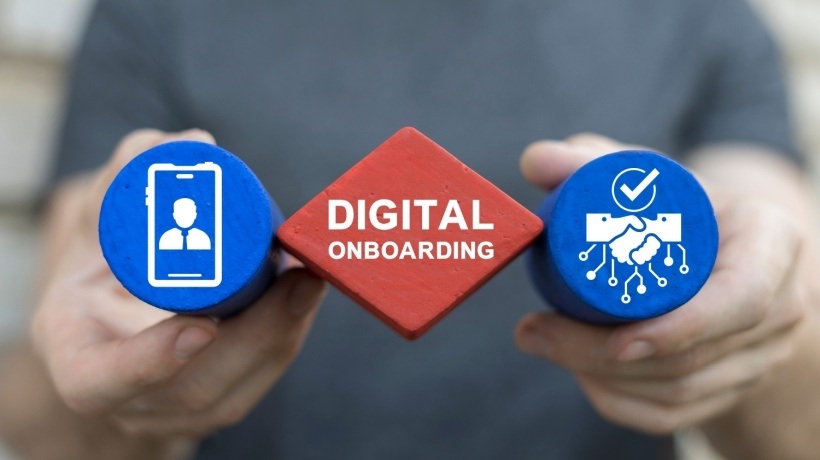Digital HR
Many people find the concept of "digital transformation" challenging because of the potential for misunderstanding, while others may understand the concept, but may have trouble relating it to the strategy's intended goal of fostering creativity. Digitalization is commonly associated with better customer experience (CX).
Customers in today's omnichannel environment anticipate instantaneous service and a seamless journey from product discovery through after-sale service. Because "anytime, any place" is the watchword of digital disruption, businesses must change their internal systems to ensure that customers may make purchases without experiencing any delays or other types of irritation.
To what extent, and why, is digital transformation having an impact on human resources (HR)? What, if any, are the most formidable obstacles that human resource professionals must surmount to pave the way for change management and digitalization?
Digital Talent And Digital Skills: What Are They?
Digital talent is the term used to describe individuals and supervisors who have advanced digital skills. The pressure is on businesses to attract and nurture digital talent in a way that inspires people to stay, since the information technology and communications industries continue to grow and there is a shortage of digital skills in the global labor market. This is hardly unexpected, considering the marketability of digital talent and the benefits it brings to the local, national, and international job markets. Companies are increasingly paying attention to growing their digital talent broadly, because doing well in the workplace demands both digital and "social" abilities.
HR And Talent Management Challenges In The Age Of Digitalization
In this digital era, it is more important than ever that human resources processes prioritize the human element by tailoring the employee experience to each individual's preferences and needs. More than ever, the goal of implementing cutting-edge technology is to design an office setting that is geared toward individuality, inspiration, appreciation, and general engrossment.
The quick pace of change and frequent revisions to targets and benchmarks are two reasons why the HR difficulties associated with digital disruption are so difficult to solve. Human resources must rely on a highly adaptable infrastructure and appropriate technology that shifts focus from processes to outcomes to keep up with the rapid pace at which new frameworks and expectations are introduced.
Today's businesses can't stay competitive or protect their market share by depending solely on technological advancements; access to resources and automation is too widespread. Talent acquisition and the unique sets of skills that employees contribute are crucial to the success of operations. When it comes to laying the groundwork for transformation and action, HR is the department leading the charge. It's a big task for leaders to embrace the new mindset and provide assistance to staff who must make the transition to a digital-only approach.
How Can Digital HR Help?
Organizational excellence and preparedness are essential for successful digital transformation. Companies that can attract and retain employees with interdisciplinary skillsets reap significant benefits in terms of creativity but face significant challenges in terms of managing such employees. Transforming into the digital age calls for people who are competent in the digital realm. People who are already plugged into the digital realm can be difficult to track down through conventional methods. Human resources must keep up with the times and use communication methods, like social media, that are most likely to reach those who are already a part of the digital revolution.
The goal of most contemporary HR initiatives should be to provide participants with a seamless and all-encompassing environment. This can be accomplished by utilizing cloud computing and analytics to gather and analyze data and information, as well as by providing mobile solutions for workers that are built around ideas that draw from design thinking, gamification, and the introduction of social components.
Many workers now do their jobs outside of traditional offices. The formerly limiting effects of location on a company's access to talent are therefore removed. Employees appreciate the flexibility of working from home, and many now travel extensively for their jobs because of the increasing importance of face-to-face interaction with clients and customers.
Because of the need to allow workers access to company resources from virtually any location, at any time, mobility presents a unique set of challenges for any organization. It is important to have all of your company's documentation, contracts, onboarding documents, data, and knowledge management in one easily accessible place, to make the transition from one stage to the next as smooth as possible for the employee.
To Conclude
To truly focus on the customers, companies must first focus on their staff. This begins with innovative methods for finding and recruiting top talent and expands into approaches for training and keeping the talent around.








